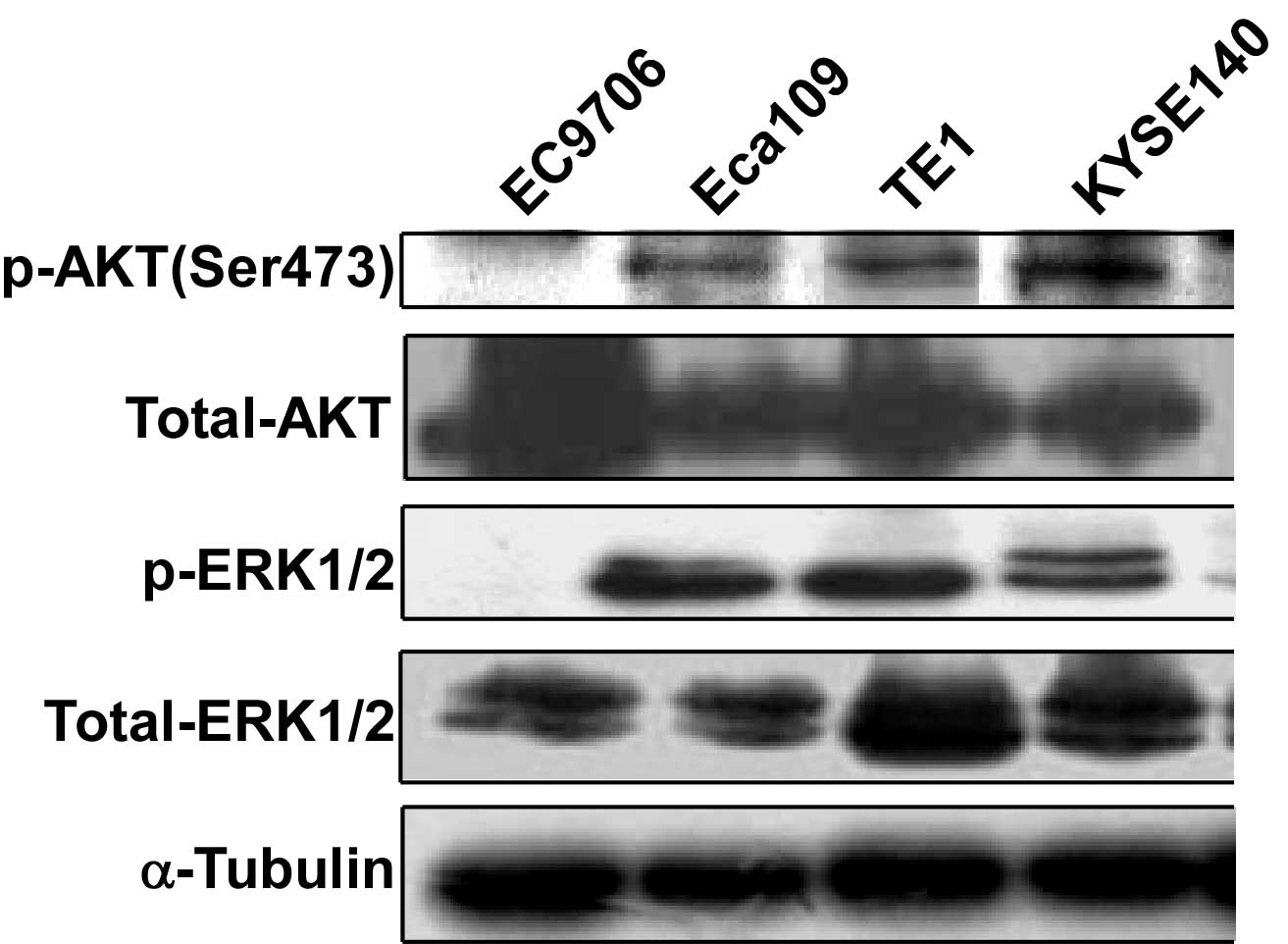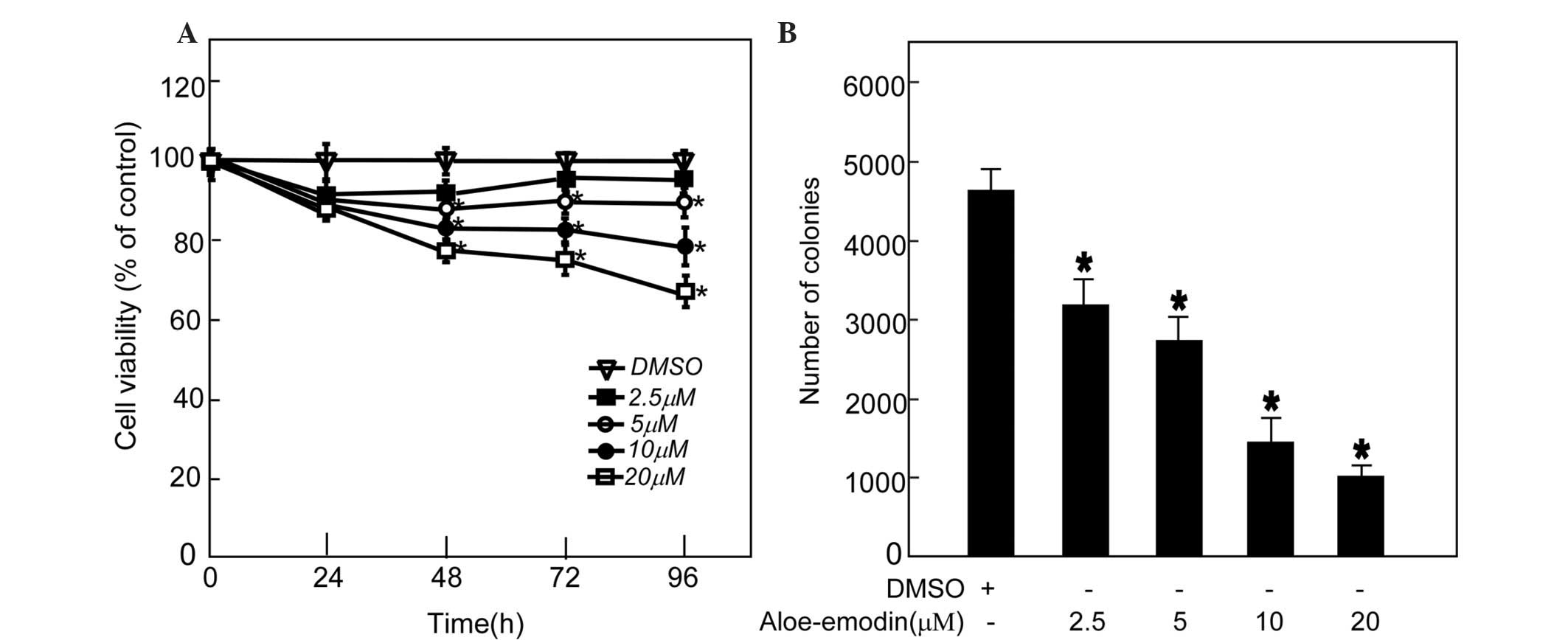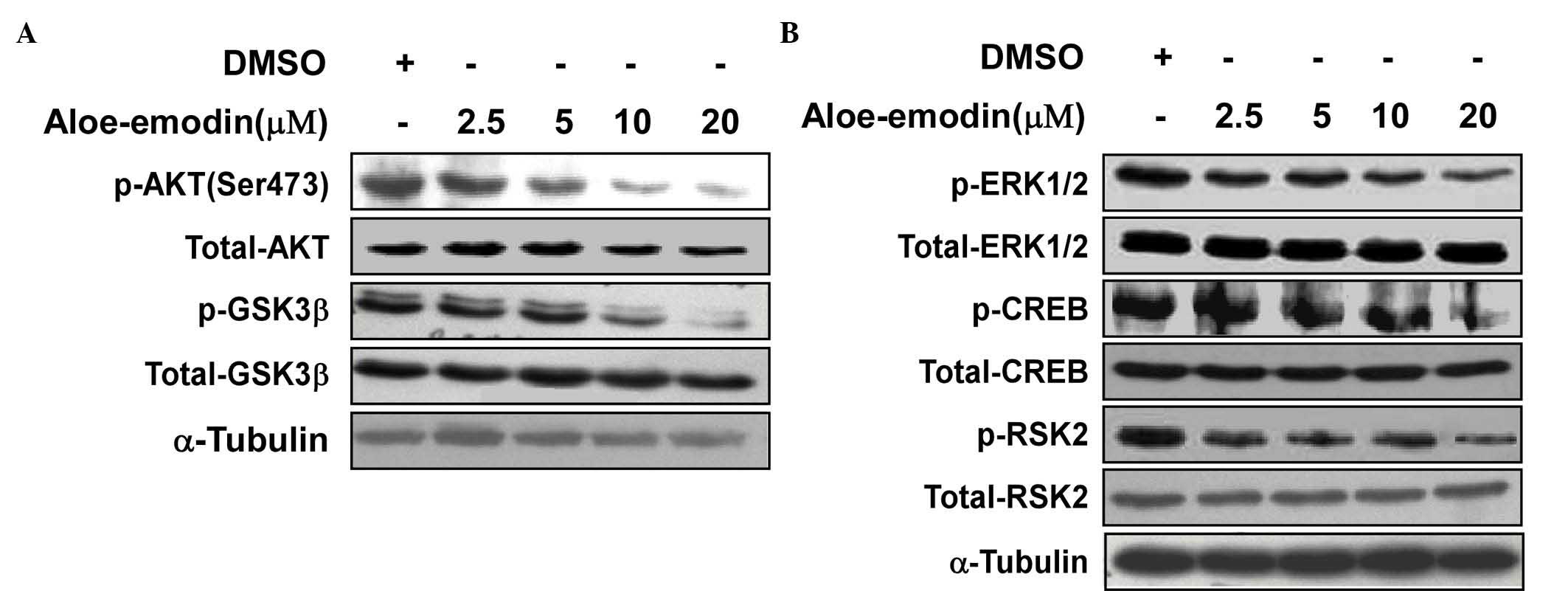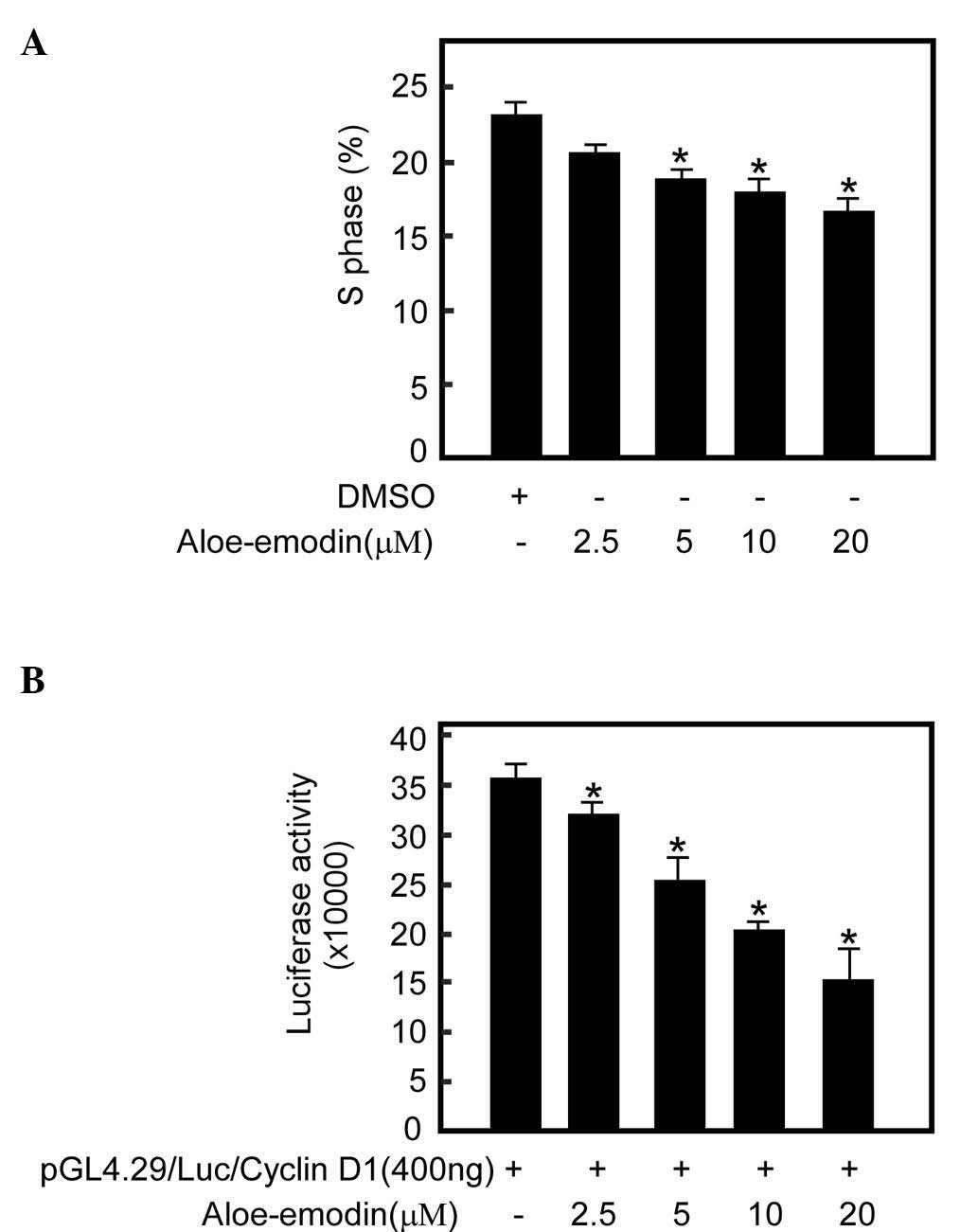|
1
|
Ghasemi-Kebria F, Roshandel G, Semnani S,
Shakeri R, Khoshnia M, Naeimi-Tabiei M, Merat S and Malekzadeh R:
Marked increase in the incidence rate of esophageal adenocarcinoma
in a high-risk area for esophageal cancer. Arch Iran Med.
16:320–323. 2013.PubMed/NCBI
|
|
2
|
Zhang XM and Guo MZ: The value of
epigenetic markers in esophageal cancer. Front Med China.
4:378–384. 2010. View Article : Google Scholar : PubMed/NCBI
|
|
3
|
Jemal A, Bray F, Center MM, Ferlay J, Ward
E and Forman D: Global cancer statistics. CA Cancer J Clin.
61:69–90. 2011. View Article : Google Scholar : PubMed/NCBI
|
|
4
|
Pohl H, Sirovich B and Welch HG:
Esophageal adenocarcinoma incidence: Are we reaching the peak?
Cancer Epidemiol Biomarkers Prev. 19:1468–1470. 2010. View Article : Google Scholar : PubMed/NCBI
|
|
5
|
Siegel R, Naishadham D and Jemal A: Cancer
statistics for Hispanics/Latinos, 2012. CA Cancer J Clin.
62:283–298. 2012. View Article : Google Scholar : PubMed/NCBI
|
|
6
|
Pennathur A, Gibson MK, Jobe BA and
Luketich JD: Oesophageal carcinoma. Lancet. 381:400–412. 2013.
View Article : Google Scholar : PubMed/NCBI
|
|
7
|
Pennathur A, Farkas A, Krasinskas AM,
Ferson PF, Gooding WE, Gibson MK, Schuchert MJ, Landreneau RJ and
Luketich JD: Esophagectomy for T1 esophageal cancer: Outcomes in
100 patients and implications for endoscopic therapy. Ann Thorac
Surg. 87:1048–1054; discussion 1054–1055. 2009. View Article : Google Scholar : PubMed/NCBI
|
|
8
|
Akagi I, Miyashita M, Makino H, Nomura T,
Hagiwara N, Takahashi K, Cho K, Mishima T, Ishibashi O, Ushijima T,
et al: Overexpression of PIK3CA is associated with lymph node
metastasis in esophageal squamous cell carcinoma. Int J Oncol.
34:767–775. 2009. View Article : Google Scholar : PubMed/NCBI
|
|
9
|
Okines A, Cunningham D and Chau I:
Targeting the human EGFR family in esophagogastric cancer. Nat Rev
Clin Oncol. 8:492–503. 2011. View Article : Google Scholar : PubMed/NCBI
|
|
10
|
Bettstetter M, Berezowska S, Keller G,
Walch A, Feuchtinger A, Slotta-Huspenina J, Feith M, Drecoll E,
Höfler H and Langer R: Epidermal growth factor receptor,
phosphatidylinositol-3-kinase catalytic subunit/PTEN, and
KRAS/NRAS/BRAF in primary resected esophageal adenocarcinomas: Loss
of PTEN is associated with worse clinical outcome. Hum Pathol.
44:829–836. 2013. View Article : Google Scholar : PubMed/NCBI
|
|
11
|
Hou G, Lu Z, Liu M, Liu H and Xue L:
Mutational analysis of the PTEN gene and its effects in esophageal
squamous cell carcinoma. Dig Dis Sci. 56:1315–1322. 2011.
View Article : Google Scholar : PubMed/NCBI
|
|
12
|
Cho MY, Kim HS, Eng C, Kim DS, Kang SJ,
Eom M, Yi SY and Bronner MP: First report of ovarian dysgerminoma
in Cowden syndrome with germline PTEN mutation and PTEN-related 10q
loss of tumor heterozygosity. Am J Surg Pathol. 32:1258–1264. 2008.
View Article : Google Scholar : PubMed/NCBI
|
|
13
|
Lugli A, Zlobec I, Minoo P, Tornillo L,
Terracciano L and Jass JR: Role of the mitogen-activated protein
kinase and phosphoinositide 3-kinase/AKT pathways downstream
molecules, phosphorylated extracellular signal-regulated kinase,
and phosphorylated AKT in colorectal cancer - a tissue
microarray-based approach. Hum Pathol. 37:1022–1031. 2006.
View Article : Google Scholar : PubMed/NCBI
|
|
14
|
Kocieniewski P and Lipniacki T: MEK1 and
MEK2 differentially control the duration and amplitude of the ERK
cascade response. Phys Biol. 10:0350062013. View Article : Google Scholar : PubMed/NCBI
|
|
15
|
Chappell WH, Steelman LS, Long JM, Kempf
RC, Abrams SL, Franklin RA, Bäsecke J, Stivala F, Donia M, Fagone
P, et al: Ras/Raf/MEK/ERK and PI3K/PTEN/Akt/mTOR inhibitors:
Rationale and importance to inhibiting these pathways in human
health. Oncotarget. 2:135–164. 2011. View Article : Google Scholar : PubMed/NCBI
|
|
16
|
Mebratu Y and Tesfaigzi Y: How ERK1/2
activation controls cell proliferation and cell death: Is
subcellular localization the answer? Cell Cycle. 8:1168–1175. 2009.
View Article : Google Scholar : PubMed/NCBI
|
|
17
|
Santarpia L, Lippman SM and El-Naggar AK:
Targeting the MAPK-RAS-RAF signaling pathway in cancer therapy.
Expert Opin Ther Targets. 16:103–119. 2012. View Article : Google Scholar : PubMed/NCBI
|
|
18
|
Martelli AM, Tabellini G, Bressanin D,
Ognibene A, Goto K, Cocco L and Evangelisti C: The emerging
multiple roles of nuclear Akt. Biochim Biophys Acta.
1823:2168–2178. 2012. View Article : Google Scholar : PubMed/NCBI
|
|
19
|
Li XY, Zhan XR, Liu XM and Wang XC: CREB
is a regulatory target for the protein kinase Akt/PKB in the
differentiation of pancreatic ductal cells into islet β-cells
mediated by hepatocyte growth factor. Biochem Biophys Res Commun.
404:711–716. 2011. View Article : Google Scholar : PubMed/NCBI
|
|
20
|
Du K and Montminy M: CREB is a regulatory
target for the protein kinase Akt/PKB. J Biol Chem.
273:32377–32379. 1998. View Article : Google Scholar : PubMed/NCBI
|
|
21
|
Nicholson KM and Anderson NG: The protein
kinase B/Akt signalling pathway in human malignancy. Cell Signal.
14:381–395. 2002. View Article : Google Scholar : PubMed/NCBI
|
|
22
|
Wang JM, Chao JR, Chen W, Kuo ML, Yen JJ
and Yang-Yen HF: The antiapoptotic gene mcl-1 is up-regulated by
the phosphatidylinositol 3-kinase/Akt signaling pathway through a
transcription factor complex containing CREB. Mol Cell Biol.
19:6195–6206. 1999. View Article : Google Scholar : PubMed/NCBI
|
|
23
|
Feng J, Tamaskovic R, Yang Z, Brazil DP,
Merlo A, Hess D and Hemmings BA: Stabilization of Mdm2 via
decreased ubiquitination is mediated by protein kinase
B/Akt-dependent phosphorylation. J Biol Chem. 279:35510–35517.
2004. View Article : Google Scholar : PubMed/NCBI
|
|
24
|
Zhou BP, Liao Y, Xia W, Spohn B, Lee MH
and Hung MC: Cytoplasmic localization of p21Cip1/WAF1 by
Akt-induced phosphorylation in HER-2/neu-overexpressing cells. Nat
Cell Biol. 3:245–252. 2001. View
Article : Google Scholar : PubMed/NCBI
|
|
25
|
Diehl JA, Cheng M, Roussel MF and Sherr
CJ: Glycogen synthase kinase-3beta regulates cyclin D1 proteolysis
and subcellular localization. Genes Dev. 12:3499–3511. 1998.
View Article : Google Scholar : PubMed/NCBI
|
|
26
|
Gregory MA, Qi Y and Hann SR:
Phosphorylation by glycogen synthase kinase-3 controls c-myc
proteolysis and subnuclear localization. J Biol Chem.
278:51606–51612. 2003. View Article : Google Scholar : PubMed/NCBI
|
|
27
|
Popadic D, Savic E, Ramic Z, Djordjevic V,
Trajkovic V, Medenica L and Popadic S: Aloe-emodin inhibits
proliferation of adult human keratinocytes in vitro. J Cosmet Sci.
63:297–302. 2012.PubMed/NCBI
|
|
28
|
Tabolacci C, Oliverio S, Lentini A, Rossi
S, Galbiati A, Montesano C, Mattioli P, Provenzano B, Facchiano F
and Beninati S: Aloe-emodin as antiproliferative and
differentiating agent on human U937 monoblastic leukemia cells.
Life Sci. 89:812–820. 2011. View Article : Google Scholar : PubMed/NCBI
|
|
29
|
Suboj P, Babykutty S, Srinivas P and
Gopala S: Aloe emodin induces G2/M cell cycle arrest and apoptosis
via activation of caspase-6 in human colon cancer cells.
Pharmacology. 89:91–98. 2012. View Article : Google Scholar : PubMed/NCBI
|
|
30
|
Radovic J, Maksimovic-Ivanic D,
Timotijevic G, Popadic S, Ramic Z, Trajkovic V, Miljkovic D,
Stosic-Grujicic S and Mijatovic S: Cell-type dependent response of
melanoma cells to aloe emodin. Food Chem Toxicol. 50:3181–3189.
2012. View Article : Google Scholar : PubMed/NCBI
|
|
31
|
Pecere T, Gazzola MV, Mucignat C, Parolin
C, Vecchia FD, Cavaggioni A, Basso G, Diaspro A, Salvato B, Carli M
and Palù G: Aloe-emodin is a new type of anticancer agent with
selective activity against neuroectodermal tumors. Cancer Res.
60:2800–2804. 2000.PubMed/NCBI
|
|
32
|
Lin ML, Lu YC, Chung JG, Li YC, Wang
SGNGSH, Wu CY, Su HL and Chen SS: Aloe-emodin induces apoptosis of
human nasopharyngeal carcinoma cells via caspase-8-mediated
activation of the mitochondrial death pathway. Cancer Lett.
291:46–58. 2010. View Article : Google Scholar : PubMed/NCBI
|
|
33
|
Lee HZ: Protein kinase C involvement in
aloe-emodin- and emodin-induced apoptosis in lung carcinoma cell.
Br J Pharmacol. 134:1093–1103. 2001. View Article : Google Scholar : PubMed/NCBI
|
|
34
|
Kuo PL, Lin TC and Lin CC: The
antiproliferative activity of aloe-emodin is through p53-dependent
and p21-dependent apoptotic pathway in human hepatoma cell lines.
Life Sci. 71:1879–1892. 2002. View Article : Google Scholar : PubMed/NCBI
|
|
35
|
Guo J, Xiao B, Zhang S, Liu D, Liao Y and
Sun Q: Growth inhibitory effects of gastric cancer cells with an
increase in S phase and alkaline phosphatase activity repression by
aloe-emodin. Cancer Biol Ther. 6:85–88. 2007. View Article : Google Scholar : PubMed/NCBI
|
|
36
|
Liu K, Park C, Li S, Lee KW, Liu H, He L,
Soung NK, Ahn JS, Bode AM, Dong Z, et al: Aloe-emodin suppresses
prostate cancer by targeting the mTOR complex 2. Carcinogenesis.
33:1406–1411. 2012. View Article : Google Scholar : PubMed/NCBI
|
|
37
|
Lu GD, Shen HM, Chung MC and Ong CN:
Critical role of oxidative stress and sustained JNK activation in
aloe-emodin-mediated apoptotic cell death in human hepatoma cells.
Carcinogenesis. 28:1937–1945. 2007. View Article : Google Scholar : PubMed/NCBI
|
|
38
|
Chiu TH, Lai WW, Hsia TC, Yang JS, Lai TY,
Wu PP, Ma CY, Yeh CC, Ho CC, Lu HF, et al: Aloe-emodin induces cell
death through S-phase arrest and caspase-dependent pathways in
human tongue squamous cancer SCC-4 cells. Anticancer Res.
29:4503–4511. 2009.PubMed/NCBI
|
|
39
|
Wang ZW, Wang JS, Yang MH, Luo JG and Kong
LY: Developmental Changes in the composition of five anthraquinones
from rheum palmatum as quantified by (1) H-NMR. Phytochem Anal.
24:329–335. 2013. View Article : Google Scholar : PubMed/NCBI
|
|
40
|
Di Luccia B, Manzo N, Vivo M, Galano E,
Amoresano A, Crescenzi E, Pollice A, Tudisco R, Infascelli F and
Calabrò V: A biochemical and cellular approach to explore the
antiproliferative and prodifferentiative activity of Aloe
arborescens leaf extract. Phytother Res. 27:1819–1828. 2013.
View Article : Google Scholar : PubMed/NCBI
|
|
41
|
Albanese C, Johnson J, Watanabe G, Eklund
N, Vu D, Arnold A and Pestell RG: Transforming p21ras mutants and
c-Ets-2 activate the cyclin D1 promoter through distinguishable
regions. J Biol Chem. 270:23589–23597. 1995. View Article : Google Scholar : PubMed/NCBI
|
|
42
|
Guo J, Xiao B, Liu Q, Gong Z and Le Y:
Suppression of C-myc expression associates with anti-proliferation
of aloe-emodin on gastric cancer cells. Cancer Invest. 26:369–374.
2008. View Article : Google Scholar : PubMed/NCBI
|
|
43
|
Suboj P, Babykutty S, Valiyaparambil Gopi
DR, Nair RS, Srinivas P and Gopala S: Aloe emodin inhibits colon
cancer cell migration/angiogenesis by downregulating MMP-2/9, RhoB
and VEGF via reduced DNA binding activity of NF-κB. Eur J Pharm
Sci. 45:581–591. 2012. View Article : Google Scholar : PubMed/NCBI
|
|
44
|
Shimura T: Acquired radioresistance of
cancer and the AKT/GSK3β/cyclin D1 overexpression cycle. J Radiat
Res. 52:539–544. 2011. View Article : Google Scholar : PubMed/NCBI
|
|
45
|
Fonar Y and Frank D: FAK and WNT
signaling: The meeting of two pathways in cancer and development.
Anticancer Agents Med Chem. 11:600–606. 2011. View Article : Google Scholar : PubMed/NCBI
|
|
46
|
Xia P and Xu XY: PI3K/Akt/mTOR signaling
pathway in cancer stem cells: From basic research to clinical
application. Am J Cancer Res. 5:1602–1609. 2015.PubMed/NCBI
|
|
47
|
Steelman LS, Chappell WH, Abrams SL, Kempf
RC, Long J, Laidler P, Mijatovic S, Maksimovic-Ivanic D, Stivala F,
Mazzarino MC, et al: Roles of the Raf/MEK/ERK and
PI3K/PTEN/Akt/mTOR pathways in controlling growth and sensitivity
to therapy-implications for cancer and aging. Aging (Albany NY).
3:192–222. 2011. View Article : Google Scholar : PubMed/NCBI
|
|
48
|
Shigaki H, Baba Y, Watanabe M, Murata A,
Ishimoto T, Iwatsuki M, Iwagami S, Nosho K and Baba H: PIK3CA
mutation is associated with a favorable prognosis among patients
with curatively resected esophageal squamous cell carcinoma. Clin
Cancer Res. 19:2451–2459. 2013. View Article : Google Scholar : PubMed/NCBI
|
|
49
|
Roberts PJ and Der CJ: Targeting the
Raf-MEK-ERK mitogen-activated protein kinase cascade for the
treatment of cancer. Oncogene. 26:3291–3310. 2007. View Article : Google Scholar : PubMed/NCBI
|
|
50
|
Acevedo-Duncan M, Russell C, Patel S and
Patel R: Aloe-emodin modulates PKC isozymes, inhibits
proliferation, and induces apoptosis in U-373MG glioma cells. Int
Immunopharmacol. 4:1775–1784. 2004. View Article : Google Scholar : PubMed/NCBI
|
|
51
|
Jeon W, Jeon YK and Nam MJ: Apoptosis by
aloe-emodin is mediated through down-regulation of calpain-2 and
ubiquitin-protein ligase E3A in human hepatoma Huh-7 cells. Cell
Biol Int. 36:163–167. 2012. View Article : Google Scholar : PubMed/NCBI
|
|
52
|
Guo JM, Xiao BX, Liu Q, Zhang S, Liu DH
and Gong ZH: Anticancer effect of aloe-emodin on cervical cancer
cells involves G2/M arrest and induction of differentiation. Acta
Pharmacol Sin. 28:1991–1995. 2007. View Article : Google Scholar : PubMed/NCBI
|
|
53
|
Lin HJ, Chao PD, Huang SY, Wan L, Wu CJ
and Tsai FJ: Aloe-emodin suppressed NMDA-induced apoptosis of
retinal ganglion cells through regulation of ERK phosphorylation.
Phytother Res. 21:1007–1014. 2007. View Article : Google Scholar : PubMed/NCBI
|
|
54
|
Mijatovic S, Maksimovic-Ivanic D, Radovic
J, Miljkovic Dj, Harhaji Lj, Vuckovic O, Stosic-Grujicic S,
Stojkovic Mostarica M and Trajkovic V: Anti-glioma action of aloe
emodin: The role of ERK inhibition. Cell Mol Life Sci. 62:589–598.
2005. View Article : Google Scholar : PubMed/NCBI
|
|
55
|
Selvaraj N, Budka JA, Ferris MW, Jerde TJ
and Hollenhorst PC: Prostate cancer ETS rearrangements switch a
cell migration gene expression program from RAS/ERK to PI3K/AKT
regulation. Mol Cancer. 13:612014. View Article : Google Scholar : PubMed/NCBI
|














